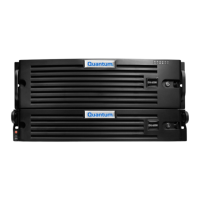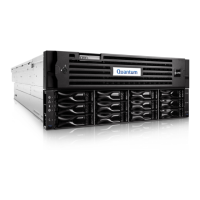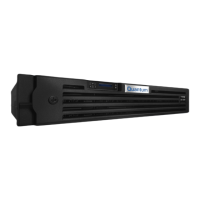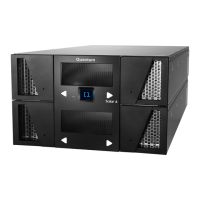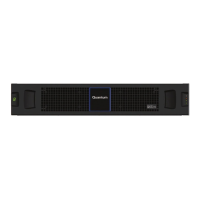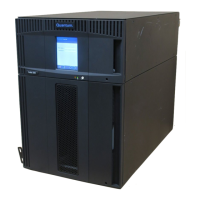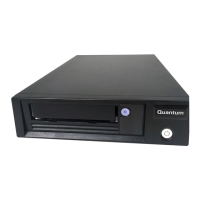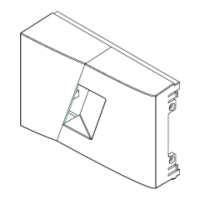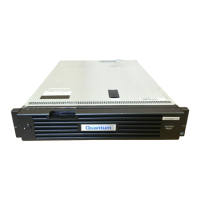Chapter 9: Configuration
Replication Configuration
Quantum DXi4700 User’s Guide 254
Tasks
Use the Replication Configuration page to perform the following tasks:
l View information about configured replication target systems (see Target DXis List below).
l Add, edit, or delete a replication target (see Adding a Replication Target on the next page,Editing a
Replication Target on page 257, or Deleting a Replication Target on page 258).
l Pause or resume replication to a target (see Pausing or Resuming Replication to a Target on
page 259).
l Configure a constant replication throttle (see Enabling System Throttling on page 259).
l View information about allowed replication source systems (see Source DXis List on page 260).
l Add or delete an allowed replication source (see Adding a Replication Source on page 261 or
Deleting a Replication Source on page 262).
l Specify the maximum number of received snapshots to retain for each source (see Changing the
Maximum Number of Snapshots on page 262).
Target DXis List
The Target DXis list displays the following information for each target DXi:
Target The IP address of the target system that the DXi4700 is configured to send data to.
Status The replication status of the DXi4700. For a detailed description of all possible
replication statuses, see Replication Overview on page 116.
Source IP The IP address that is used to uniquely identify the source DXi to the target.
Encryption The type of encryption used when sending replicated data to the target system
(None, 128-bit, 256-bit, or TLS with AES 256).
Important Information
l If TLS with AES 256 is selected, the factory installed certificates are
inadequate for security. The factory installed certificates should be
considered public domain and are provided only for convenience. You must
install new certificates for secure encryption.
l TLS with AES 256 must be enabled for this encryption option to appear
(see Data Encryption on page 315).
Original Data Size The original, native size of data sent during replication or failback. This value does
not represent the amount of data actually sent over the network during replication
or failback because data is deduplicated and compressed before being sent.
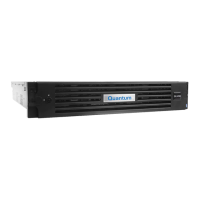
